It would be recalled that on the 1st of January 2013, the Bureau of Automotive Repair (BAR) made a significant change to the Smog Check Program as a result of the implementation of the AB2289. This policy led to the first major improvements to the Smog Check Program which was yet to undergo any considerable changes since the mid-1990s.
Prior to this change, the state of California had gone through years of planning to improve this program. Eventually, these years of planning led to the implementation of the state legislation, “AB 2289”.
The AB 2289 bill was co-sponsored by the Air Resource Board and the Bureau of Automotive Repair. The effect of this program is the adoption of new technologies that save time and cost to consumers while improving consumer protections by sanctioning stations and technicians that carry out incomplete inspections.
Another result of AB 2289 was the modernization of the California’s vehicle emissions inspection and maintenance program. In fact, one of the AB 2289 reforms established performance standards for Smog Check stations and inspectors.
Additionally, the AB 2289 program is said to be a cost-effective policy since it adopts the on-board diagnostic (OBDII) technology which has been installed on new vehicles instead of tailpipe testing.
However, for vehicles manufactured between 1976 and 1999, there is currently a more stringent dynamometer-based tail-pipe test in place. Interestingly, a high number of vehicles in this range have begun to fail the emissions test with the arrival of their first test-year under the new rule.
The Smog Check Process involves the Department of Motor Vehicles (DMV) sending a registration renewal notice which indicates if a smog check is required. If the DMV requires a smog check for a vehicle, the owner must comply with the notice within 90 days and provide a completed smog check certificate.
You will be unable to renew your registration if your smog certificate has not been issued. If your vehicle fails the smog check, you will be required to complete all necessary repairs. Afterwards, your vehicle will undergo a smog check retest. But if the costs of repairing the vehicle outweigh its value, the state may buy it and have it scrapped. This buyback program is administered by the Bureau of Automotive Repair and it is part of California’s Consumer Assistance Program (CAP) that also offers consumer assistance for repairs related to smog check.
Your vehicle may require a Smog Check at a STAR station. This check usually applies to vehicles that fail the Smog Check due to excessively high emissions levels. This also applies to vehicles that are very likely to fail the next inspection based on their Smog Check history and other data.
Additionally, the DMV registration renewal notice will reveal if a vehicle requires inspection at a STAR station. This instruction is usually provided on the back of the renewal notice to assist consumers with the STAR Program.
Generally, it is expected that STAR station meet the specified performance standards established by BAR. There are STAR stations that are licensed to perform only tests, while others are licensed to perform both tests and repairs. The station is required to post a sign on the services it performs.
In summary, the types of STAR stations include
- Test-only station, one that can perform the smog check test, but cannot make repairs
- Test-and-repair station, one that can both perform the smog check and repair the vehicle
- Repair-only station, one that can only repair the vehicle, but cannot perform the test itself
The Consumer Assistance Program offers financial assistance to income eligible consumers whose vehicles fail Smog Check. The program options provide consumers up to $1,500 to retire a vehicle or up to $500 in emissions-related repairs at a STAR-certified Test and Repair station.
Overall, the California Smog Check Program requires vehicles that were manufactured in 1976 or later to participate in the biennial smog check program in participating counties.
The objective of the program is to reduce air pollution from vehicles by ensuring that automobiles with excessive emissions are repaired as stipulated by the federal and state guidelines.
However, gasoline-powered vehicles that are six years old or newer are exempted. But it is expected that owners of these vehicles pay a smog abatement fee for the first 6 years instead of being required to pass a smog check.
Overall, this six-year exception does not apply to the following types of vehicles:
- previously registered out-of-state vehicles,
- diesel vehicles, 1998 model or newer and weighing 14,000 lbs or less,
- specially constructed vehicles manufactured 1976 and later.
Additionally, a smog check is not required for electric, diesel powered manufactured before 1998 or weighing over 14,000 lbs, trailers, motorcycles, or gasoline powered vehicles. In April 2015, hybrid vehicles were expected to meet the smog check requirements.
Although vehicles manufactured 1975 and older are not required to get a smog check, owners of these vehicles must still ensure that their emissions systems are intact. Particularly, if you’re looking to sell a vehicle that is over four years old, you should ensure that a smog check performed prior to the sale.
Oscar Gomez
Lead Instructor
Master Automotive Training
